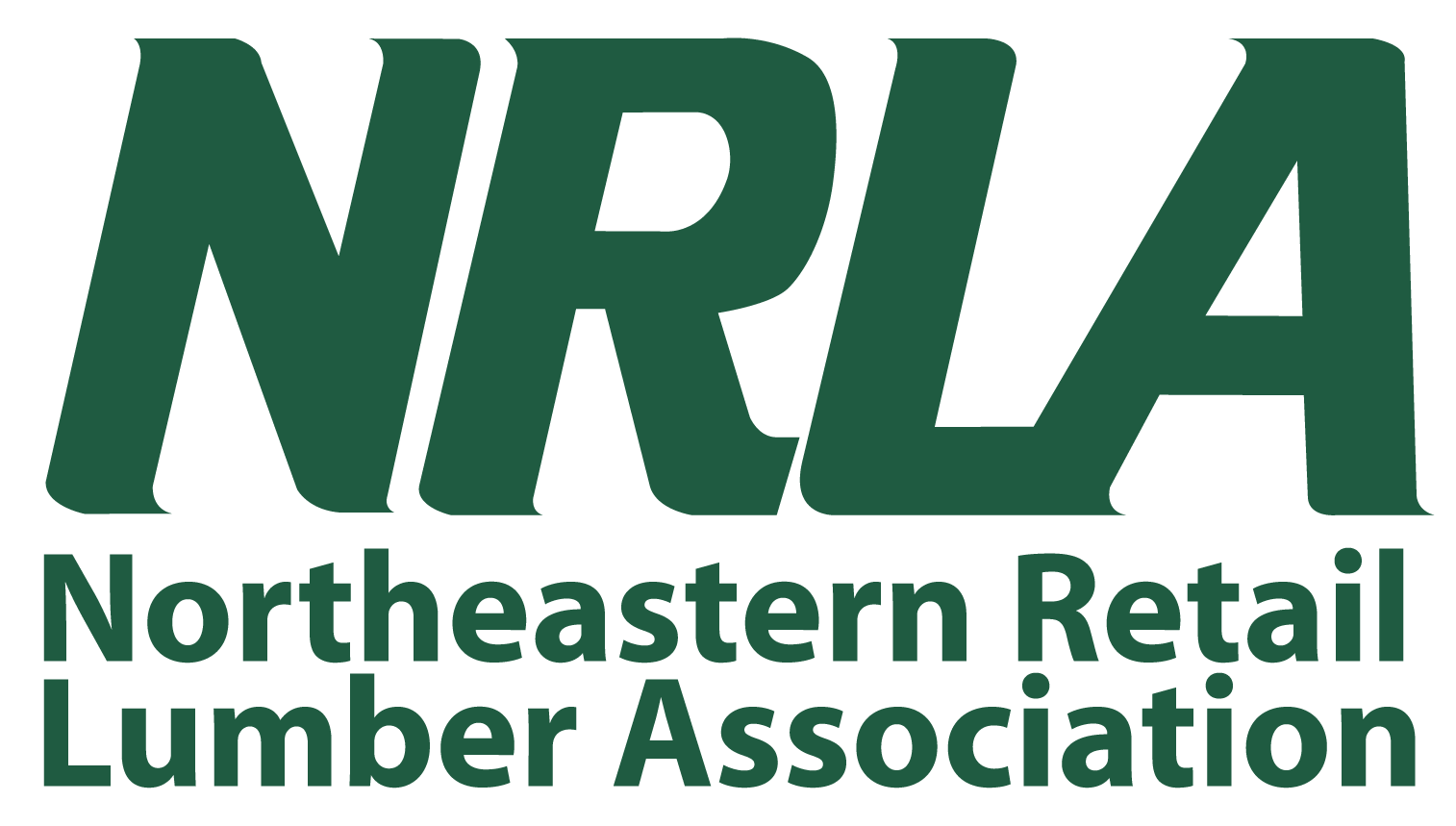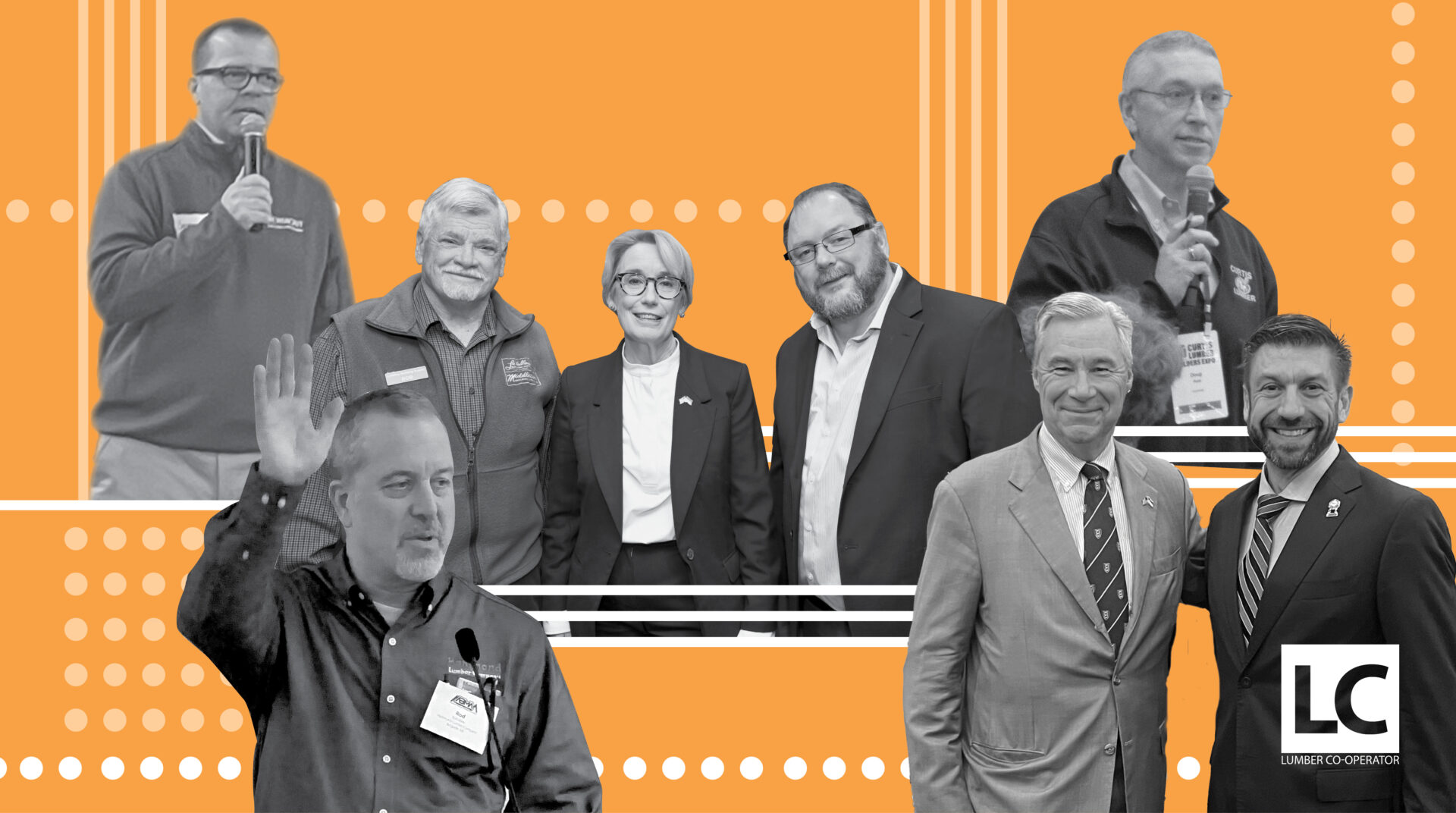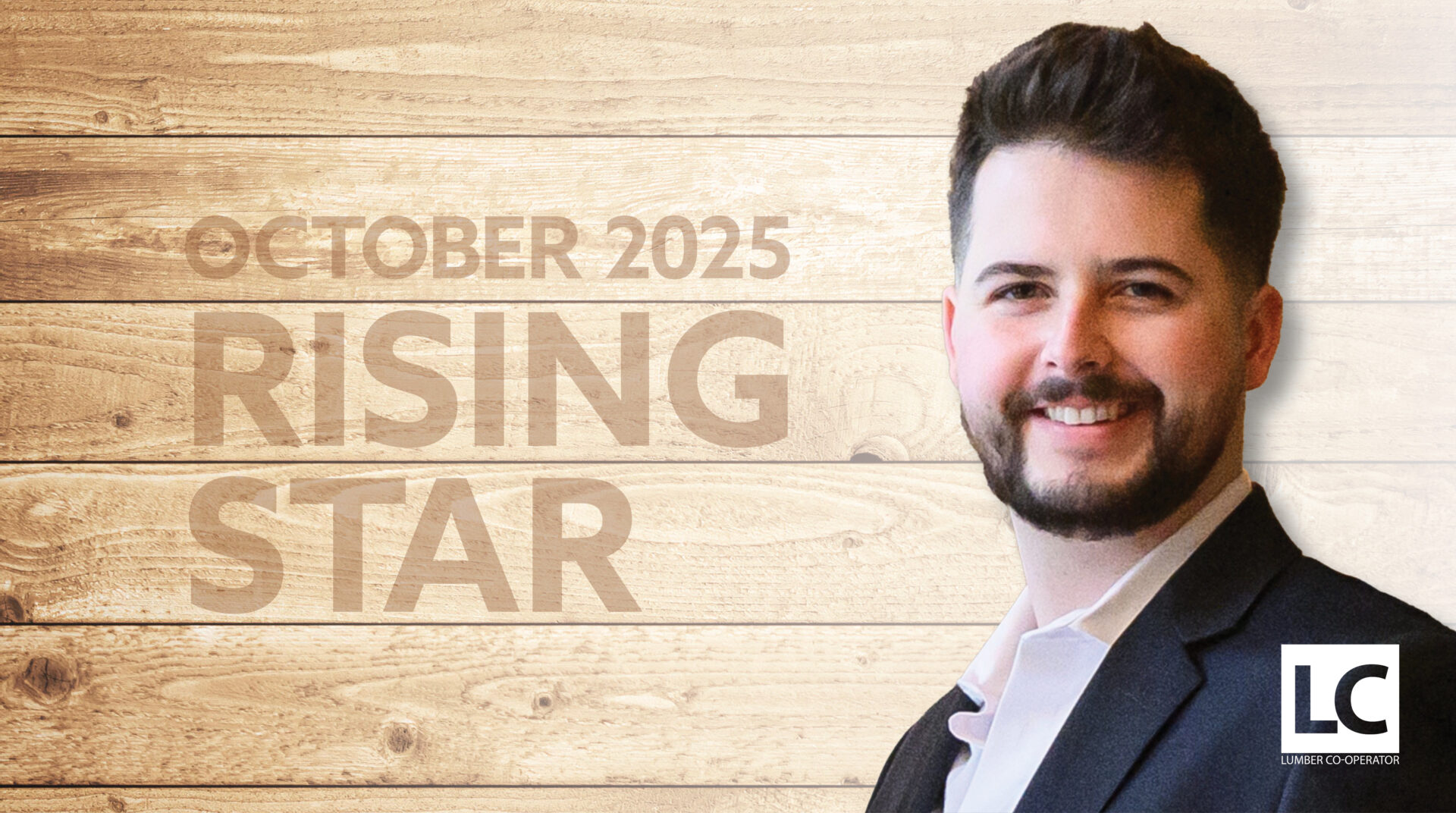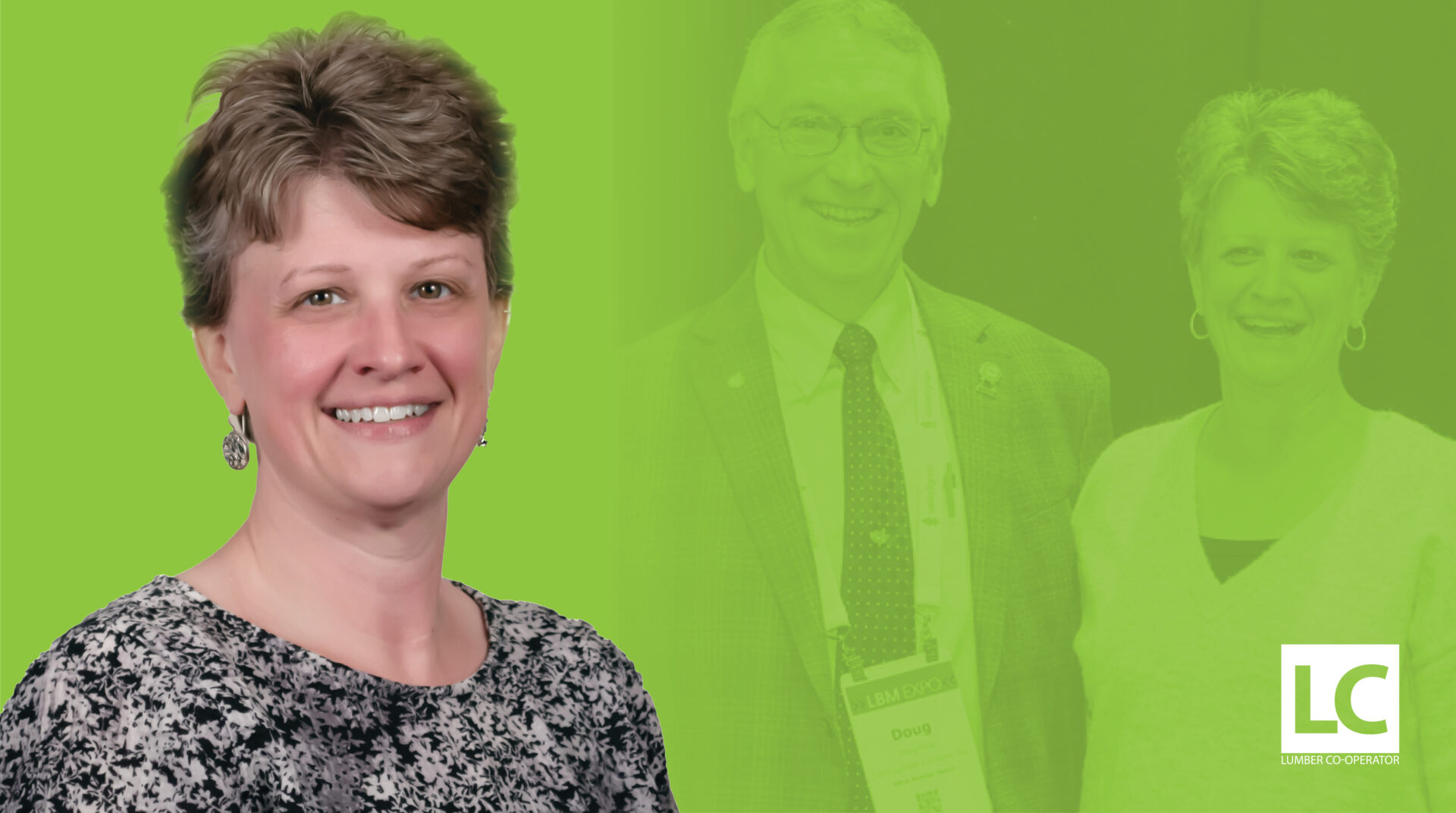At the American Building Materials Alliance (ABMA), we often say we’re member-driven—but nowhere is that more evident than in our work to improve workforce development across the industry.
This isn’t a campaign built on theory or headlines—it’s grounded in what our members are already doing. Every day, ABMA members are building partnerships, opening doors, and investing in the next generation of talent. We’re not asking the government to solve this for us—we’re asking them to support what we’re already doing so we can do it even better.
ABMA’s Chair Leads by Example
ABMA Chair Rod Wiles (Hammond Lumber Company) talks about workforce development everywhere he goes. Whether it’s meeting with Senator Susan Collins and her staff in Maine, preparing to speak during our Advocacy Day in Washington, D.C., or sharing his thoughts with the Boston Globe, Wiles keeps one message front and center: the current training requirements for CDL and crane certification don’t reflect the real work being done in our industry. They’re one-size-fits-all programs designed for long-haul trucking and high-rise construction—not short-haul deliveries and boom trucks in lumberyards.
What we need are training pathways that actually work for our businesses and our people—pathways that lead to real careers in a wide range of roles, from delivery and operations to sales, kitchen design, and management.
Members Doing the Work
The push for workforce development is being led by the people who know the industry best—our members:
Eric Murphy (East Coast Lumber Products) and Bob Jackman (LaValley Building Supply) have built lasting relationships with every member of their congressional delegations. They’ve made workforce development an ongoing discussion—meeting regularly and keeping the issue front and center.
Matt Semonik (Arnold Lumber) continues to raise this issue directly with Rhode Island Senators Jack Reed and Sheldon Whitehouse every chance he gets, ensuring that the workforce needs of our industry are understood at the federal level.
In Vermont, Jeremy Baker (rk MILES) and Claudia Homan (Bethel Mills, Inc.) work as a team—talking with lawmakers, educating state officials, and promoting the Vermont Retail Lumber Dealers Association’s (VRLDA) Building Bright Futures program (see page 40). This initiative introduces students to the broad opportunities available in our industry—from logistics to design—and shows them it’s more than just a job. It’s a path to a lifelong career.
NRLA Chair Doug Ford (Curtis Lumber) has gone even further, helping form the Northeast Construction Trades Workforce Coalition (NCTWC). Through this partnership, Ford and others are bringing the industry directly into schools—meeting with guidance counselors, organizing “Girls in the Trades” summer camps, and creating meaningful ways for students to engage with building material careers early. Ford is also a vital part of ABMA’s government affairs team, helping bridge the gap between policy and practice.
Associations Opening Doors
The work doesn’t stop at the member level. ABMA’s state and regional associations are opening doors for students to see the industry firsthand. Both the NRLA and EBMDA host high school and tech students from across the region at NRLA’s trade shows—LBM Expo and the IDEAS Show. Students receive free admission, lunch, and a full program of panels and guest speakers who share how they got their start and built a successful future in the industry.
These events aren’t just about exposure—they’re about creating that moment where a student realizes, “This could be a path for me.”
Investing in the Next Generation
The average age in our industry is now over 40. That’s not just a number—it’s a sign. The members leading ABMA’s workforce efforts aren’t just looking to fill openings—they’re working to build a future. One where the next generation not only finds their way into the industry but sees a place to grow and build a career for life.
From individual companies and local dealers to state associations and federal outreach, the work is already happening. ABMA’s role is to elevate and support it—to make sure lawmakers, regulators, and stakeholders understand what we’re doing and why it matters.
Because at the end of the day, we’re not asking for help. We’re asking for the tools and flexibility to do what we already do—develop our workforce—the way we know works best.
This article was featured in the May/June 2025 Lumber Co-operator. To see this article and others featured in this issue, click here.







